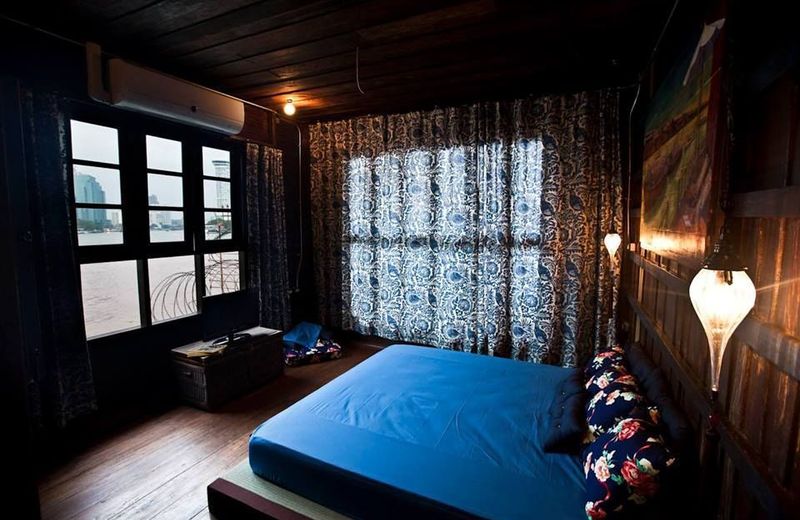Why choose this tour ?
The maximum for Bangkok A mix of culture and unmissable sites between Bangkok and its surroundings A full program that will allow you to visit everything there is to see by giving you space for personal activities
Make the most of your adventure
Tour Description & Additional Info:
- Public transportation options are available nearby
- Specialized infant seats are available
- Suitable for all physical fitness levels
Options To Choose for Your Trip:
- Bangkok 5 Days 4 Nights Full - Transfers + 3 Excursions
Add
Pickup included
Bangkok 5 Days 4 Nights Full - Transfers + 3 Excursions Inclusions:
Included with Your Ticket
- 9. The Visit of the Royal Palace and Temples, Maeklong, Floating are made with Minivan Max 10 Pax
- 5. Return Cruise from Nonthaburi to Bangkok, with lunch on board
- 3. Transportation with air-conditioned vehicles
- 2. Tour with Italian Group Guide
- 1. 4 nights with breakfast
- 6. Assistance of resident Italian personnel
- 7. 24hrs hotline telephone assistance (from 10pm to 6am only for emergencies)
- 8. The Group Ayutthaya Visit is by Bus with Multilingual guides. with our ITA Guide
- 4. Tickets Entrance where required, Royal Palace, Wat Pho, Wat Trimitr, Ayutthaya Historical Park
Not Included
- 1. Tips and Personal Expenses 2. National and International flights 3. Drinks at meals
- 4. When not exactly indicated in the program as included
Trending Nearby Tours Likely To Sell Out
Special Instructions:
- This Tour is Provided by InsolitOriente.
- Tour Timezone & Starts at Asia/Bangkok.
- Mobile or paper ticket accepted.
- If you cancel at least 6 full day(s) before the scheduled departure time, you will receive a full refund.
If you cancel between 2 and 6 day(s) before the scheduled departure time, you will receive a 50% refund.
If you cancel within 2 day(s) of the scheduled departure, you will receive a 0% refund. - Minimum 1 Travelers is required to book.
- Maximum 8 Travelers is accepted for booking.
Please be advised..
Add to wishlist.
Give this as a gift: Give the ones you love unforgettable travel experiences and make memories to last a lifetime.
Reserve now & pay later to book your spot and pay nothing today.
Free cancellation up to 24 hours before the experience starts (local time).









